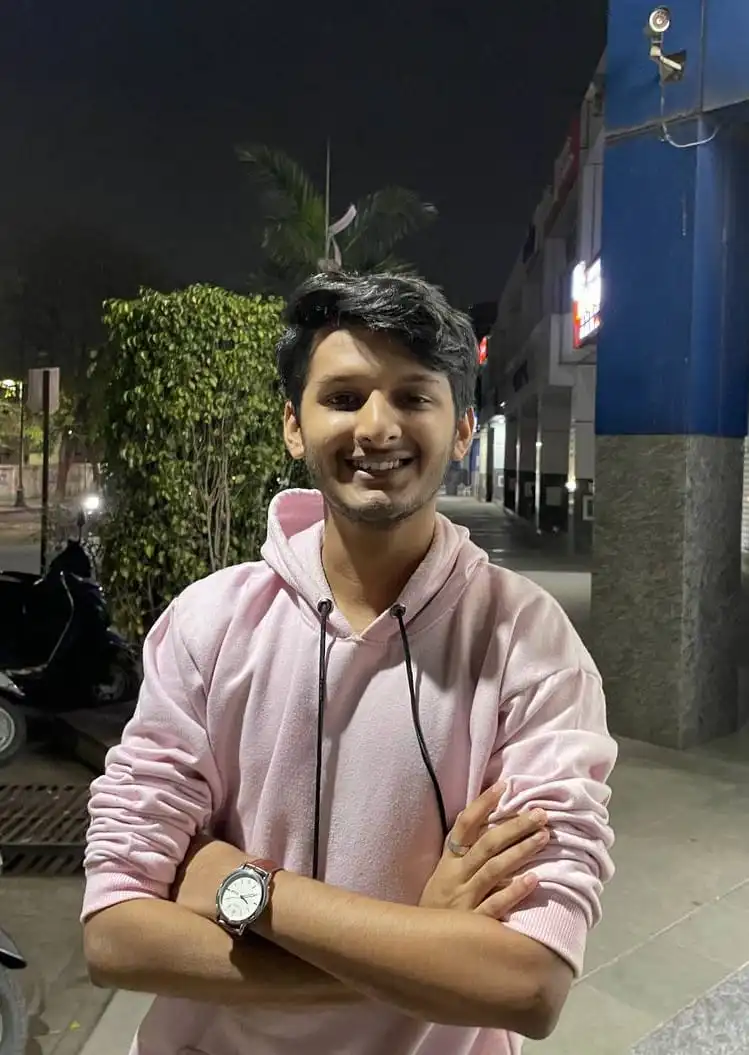Click here to join Express Pune WhatsApp channel and get a curated list of our stories
Pune’s Mirza Ghalib Road: A forgotten ode to the great Urdu poet
Born in Agra in 1797, Ghalib moved to Delhi at a young age and lived there till his death in 1869. A poet at the royal court of the last Mughal Emperor Bahadur Shah Zafar, Ghalib lived a testing life during tumultuous times.
 Mirza Ghalib Marg. (Express Photo: Soham Shah)
Mirza Ghalib Marg. (Express Photo: Soham Shah)Stepping out from the Mandai metro station, one is greeted with the full flavour of the markets of old Pune: vegetable sellers, food joints, and shops selling everything from crockery to fake flowers sprawling from the chowk outside the station. However, to an observant eye, an unremarkable signboard informs that the street straight across is named after one of India’s most remarkable poets—Mirza Ghalib.
Born in Agra in 1797, Ghalib moved to Delhi at a young age and lived there till his death in 1869. A poet at the royal court of the last Mughal Emperor Bahadur Shah Zafar, Ghalib lived a testing life during tumultuous times. He witnessed the 1857 War of Independence firsthand and wrote heartbreaking accounts of his city’s destruction. A humble memorial museum has been constructed at his haveli in Ballimaran at Chandni Chowk, Old Delhi.
The Unknown Famous Poet
But not many refer to the road by its official name. Prakash Gandhi’s grocery shop, just a few steps away from the signboard, was established over 60 years ago. However, he was not aware that the street is named after Ghalib. “People call this Shukrawar Peth, Nehru Chowk. And now that the metro has come we say opposite the metro station. This is a problem everywhere, even where I stay people don’t know the name of the street.
 Mirza Ghalib Chowk.
Mirza Ghalib Chowk.
Subhash Jagtap, the owner of an 88 year-old pan shop at said, “The older people know that this is called Mirza Ghalib street. The name has been there since forever. But no one refers to it that way anymore. Everyone names the chowks.” When asked if he knew who Ghalib was, Jagtap said he was a “shayar of the Muslims”.
During his time, Ghalib challenged orthodoxy through shers like like Hum ko maloom hai jannat ki haqeeqat lekin, Dil ke khush rakhne ko ‘Ghalib’ ye khayal acha hai (I am well aware about the reality of heaven but, for the heart’s comfort the thought is surely good).
According to an account, a British Colonel named Brown, after looking at Ghalib’s Turkish-style turban, asked him if he was Muslim. Ghalib replied by saying, “Half”, and when Brown asked what that meant, Ghalib explained, “I drink wine but I don’t eat pork.”
Countless ghazals by Ghalib, like Hazaron Khwahishein Aisi, have been sung by Jagjit Singh and popularised among the masses in India. Recently, the Hindi movie Metro In Dino adapted Ghalib’s ghazal Aah Ko Chahiye Ek Umr Asar Hote Tak into a soundtrack sung by Papon.
A name on a board
The Mirza Ghalib Chowk is present a few hundred meters down the street. Neither the local shopowners nor people at the nearby Masjid knew about members of the ‘Mirza Ghalib Chowk Samaj Seva Committee’ mentioned on the board, or had any contacts for them.
“The nameplate saying Mirza Ghalib Chowk has been here since before I was born. People know the name of this chowk. But I don’t really know who he is. I’ll have to call two-three previous generations of my family for anyone to know that,” says Suraj, owner of the chowk’s corner shop Shree Rajhans, with a laugh.
Public memory of Mirza Ghalib at the street named after him in Pune is symbolic of the state of so many of India’s great poets and musicians: everpresent, but not always remembered.
Click here to join Express Pune WhatsApp channel and get a curated list of our stories













